BanksyAngel 2009 spray paint on perforated galvanised steel mesh, in artist's frame 125.5 x 155 cm (49 3/8 x 61 in.) Stencilled 'BANKSY' on the frame edge. This work is unique and is accompanied by a certificate of authenticity issued by Pest Control.
Provenance Acquired directly from Pest Control by the present owner Catalogue Essay ‘As soon as I cut my first stencil I could feel the power there. I also like the political edge. All graffiti is low-level dissent, but stencils have an extra history. They’ve been used to start revolutions and to stop wars.’ - BANKSY 2013 Banksy has become one of the most popular artists of our time, while managing to keep his identity anonymous even in this advanced digital age. It is this carefully concealed selfhood that allows Banksy to continue creating the boundary-pushing social and political commentary that led to his notoriety. Executing works both in public spaces and in the studio in a variety of mediums, Banksy is best known for a distinctive graphic style created through stencils. Stencilling was adapted out of necessity by the artist during his youth as a means of quickly and efficiently finishing works in public spaces without getting caught by law enforcement. With roots in the Bristol underground movement, Banksy’s work exists between the worlds of street art and fine art as he continues to produce works both in public spaces and to be sold. The present lot, Angel, is an image of the Holy Virgin created in Banksy’s signature stencil style. This recognisable motif immediately calls to mind countless art historical images of the Ascension created by Western artists during the 15th-17th centuries, recalling the adage that bad artists imitate, and great artists steal: this strong art historical reference creates a dialogue between the dichotomy of street and fine art. The image, while classical, has not been applied in traditional materials or practice. Rather than oils, it is the graffiti artist’s medium of choice, spray paint, that created the image as it was applied over a stencil. This allows for a confounding navigation through questions of the status associated with various art forms and subjects. As Banksy said in discussing his incursions into museums – in which he installed his own works on gallery walls alongside those of established collections – ‘If you want to survive as a graffiti writer when you go indoors I figured the only option is to carry on painting over things that don’t belong to you there either.’ (Banksy( Wall and Piece, London: Random House, 2006, p.158). This is not the first time Banksy has used this stencil. A work featuring the same image of the Holy Virgin appeared in Naples at the Piazza dei Girolamini, and has locally become known as the ‘Napoli Angel’ or the ‘Madonna con Pistol.’ As a site specific work, the political and social commentary is targeted at the region in which it is appears, rather than the art historical or stylistic components. In this case, the Virgin is depicted in her assent towards an iconised pistol, perhaps signalling a problem with the glorification of crime in the area. In a similar vein, the figure depicted in Angel appears to have been shot. The specks of red dripping from the angel’s chest have a powerful impact as the only colour on the otherwise monochrome canvas. While figuratively they signal the angel’s demise, stylistically they reference a technique known as ‘drips’ utilised by street artists, whereby the paint is allowed to naturally drip down from an image or the semblance of this effect is purposely painted. In this sense, Banksy’s bleeding angel displays his mission: the anarchic history of street art is compacted into a glaring and audacious wound in the heart of an image of sanctified, classical art history. The power of Banksy’s instantly recognizable art lies in its accessibility: his messages are conveyed through easily read images and text, and the work is always situated in a daringly visible context, whether it is in a busy public setting, brazenly inserted into a public gallery or institution, or reflexively in a sales room. Satirical and witty, Banksy’s works critically examine a variety of contemporary issues including consumerism, terrorism, polit
BanksyAngel 2009 spray paint on perforated galvanised steel mesh, in artist's frame 125.5 x 155 cm (49 3/8 x 61 in.) Stencilled 'BANKSY' on the frame edge. This work is unique and is accompanied by a certificate of authenticity issued by Pest Control.
Provenance Acquired directly from Pest Control by the present owner Catalogue Essay ‘As soon as I cut my first stencil I could feel the power there. I also like the political edge. All graffiti is low-level dissent, but stencils have an extra history. They’ve been used to start revolutions and to stop wars.’ - BANKSY 2013 Banksy has become one of the most popular artists of our time, while managing to keep his identity anonymous even in this advanced digital age. It is this carefully concealed selfhood that allows Banksy to continue creating the boundary-pushing social and political commentary that led to his notoriety. Executing works both in public spaces and in the studio in a variety of mediums, Banksy is best known for a distinctive graphic style created through stencils. Stencilling was adapted out of necessity by the artist during his youth as a means of quickly and efficiently finishing works in public spaces without getting caught by law enforcement. With roots in the Bristol underground movement, Banksy’s work exists between the worlds of street art and fine art as he continues to produce works both in public spaces and to be sold. The present lot, Angel, is an image of the Holy Virgin created in Banksy’s signature stencil style. This recognisable motif immediately calls to mind countless art historical images of the Ascension created by Western artists during the 15th-17th centuries, recalling the adage that bad artists imitate, and great artists steal: this strong art historical reference creates a dialogue between the dichotomy of street and fine art. The image, while classical, has not been applied in traditional materials or practice. Rather than oils, it is the graffiti artist’s medium of choice, spray paint, that created the image as it was applied over a stencil. This allows for a confounding navigation through questions of the status associated with various art forms and subjects. As Banksy said in discussing his incursions into museums – in which he installed his own works on gallery walls alongside those of established collections – ‘If you want to survive as a graffiti writer when you go indoors I figured the only option is to carry on painting over things that don’t belong to you there either.’ (Banksy( Wall and Piece, London: Random House, 2006, p.158). This is not the first time Banksy has used this stencil. A work featuring the same image of the Holy Virgin appeared in Naples at the Piazza dei Girolamini, and has locally become known as the ‘Napoli Angel’ or the ‘Madonna con Pistol.’ As a site specific work, the political and social commentary is targeted at the region in which it is appears, rather than the art historical or stylistic components. In this case, the Virgin is depicted in her assent towards an iconised pistol, perhaps signalling a problem with the glorification of crime in the area. In a similar vein, the figure depicted in Angel appears to have been shot. The specks of red dripping from the angel’s chest have a powerful impact as the only colour on the otherwise monochrome canvas. While figuratively they signal the angel’s demise, stylistically they reference a technique known as ‘drips’ utilised by street artists, whereby the paint is allowed to naturally drip down from an image or the semblance of this effect is purposely painted. In this sense, Banksy’s bleeding angel displays his mission: the anarchic history of street art is compacted into a glaring and audacious wound in the heart of an image of sanctified, classical art history. The power of Banksy’s instantly recognizable art lies in its accessibility: his messages are conveyed through easily read images and text, and the work is always situated in a daringly visible context, whether it is in a busy public setting, brazenly inserted into a public gallery or institution, or reflexively in a sales room. Satirical and witty, Banksy’s works critically examine a variety of contemporary issues including consumerism, terrorism, polit
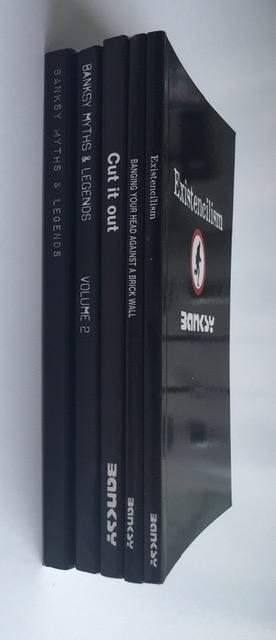
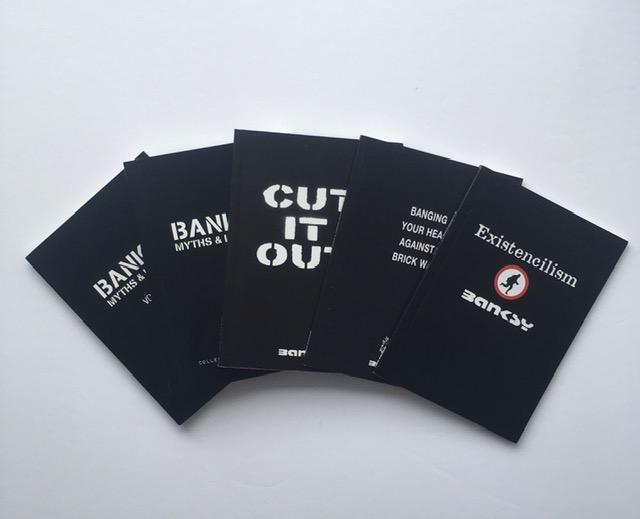



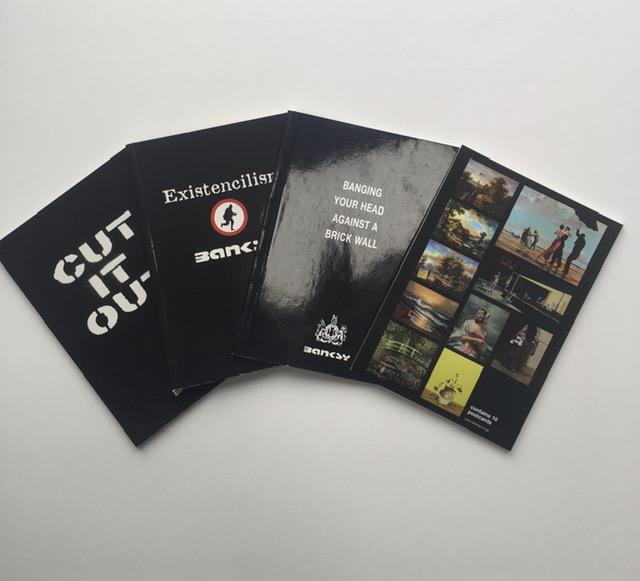


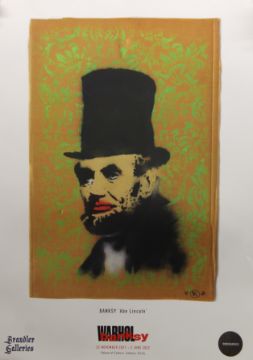

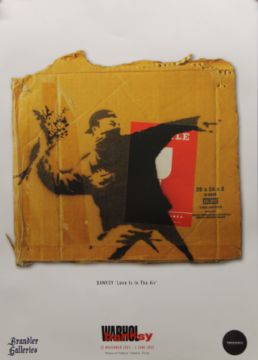

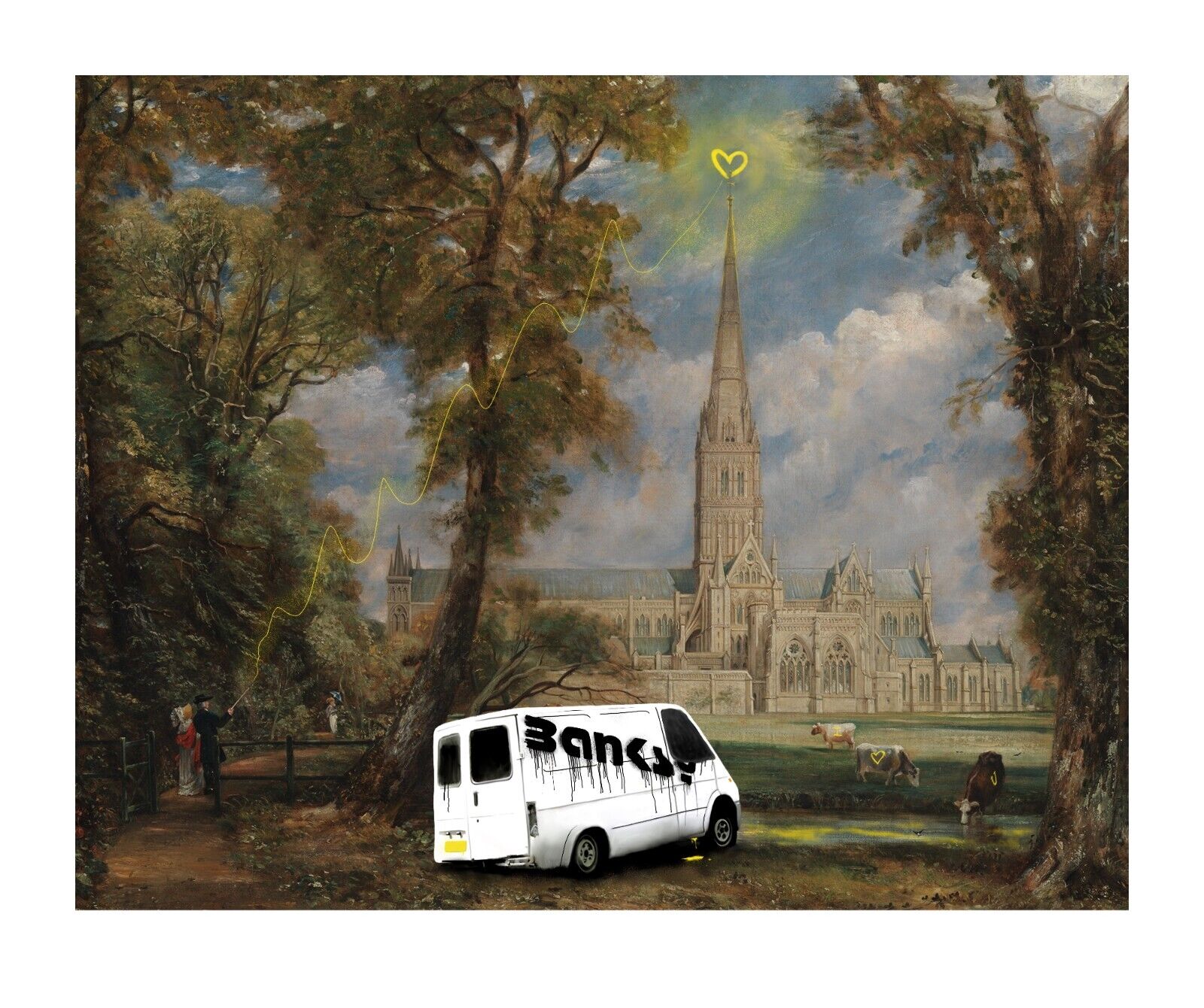

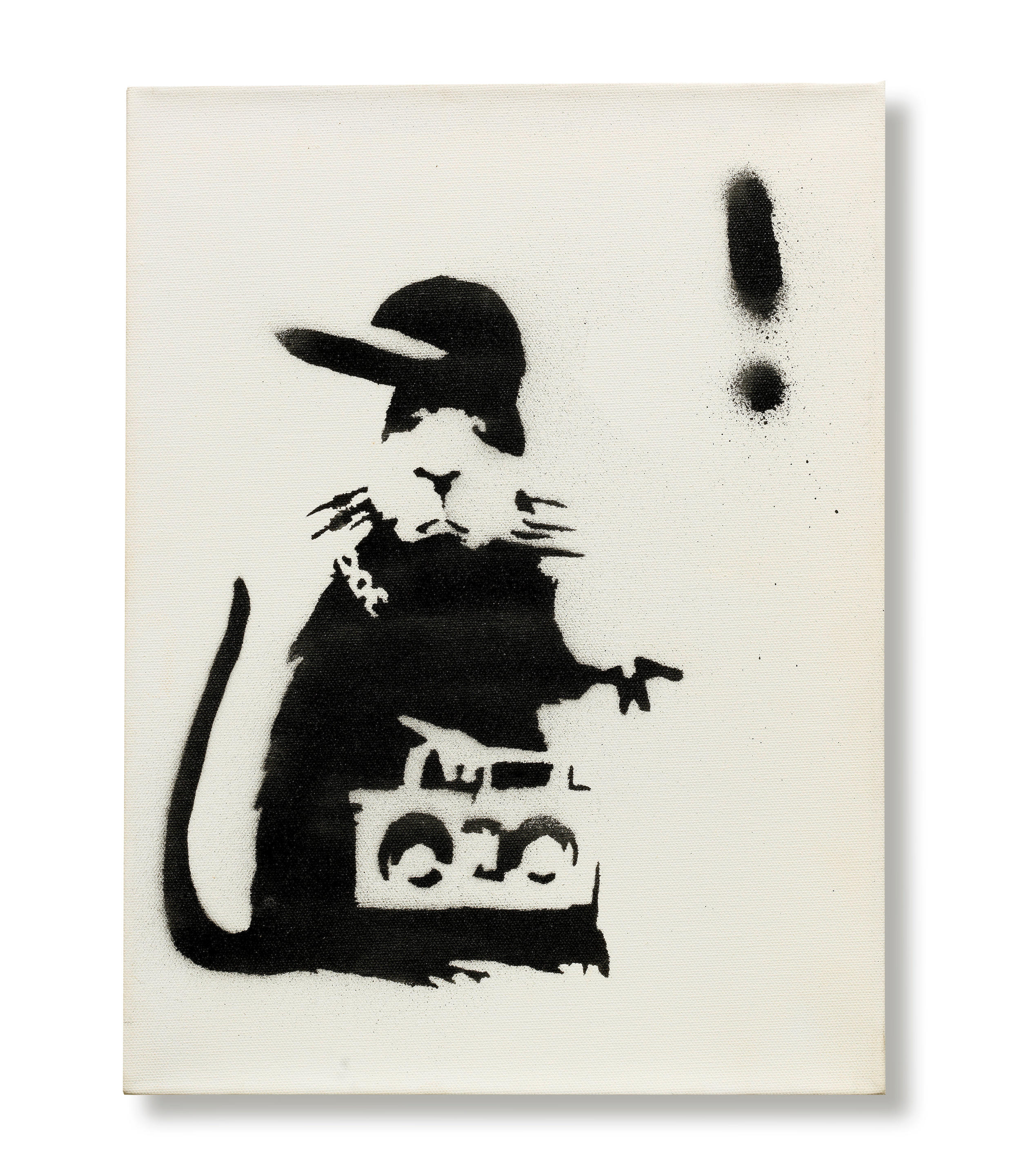
Testen Sie LotSearch und seine Premium-Features 7 Tage - ohne Kosten!
Lassen Sie sich automatisch über neue Objekte in kommenden Auktionen benachrichtigen.
Suchauftrag anlegen